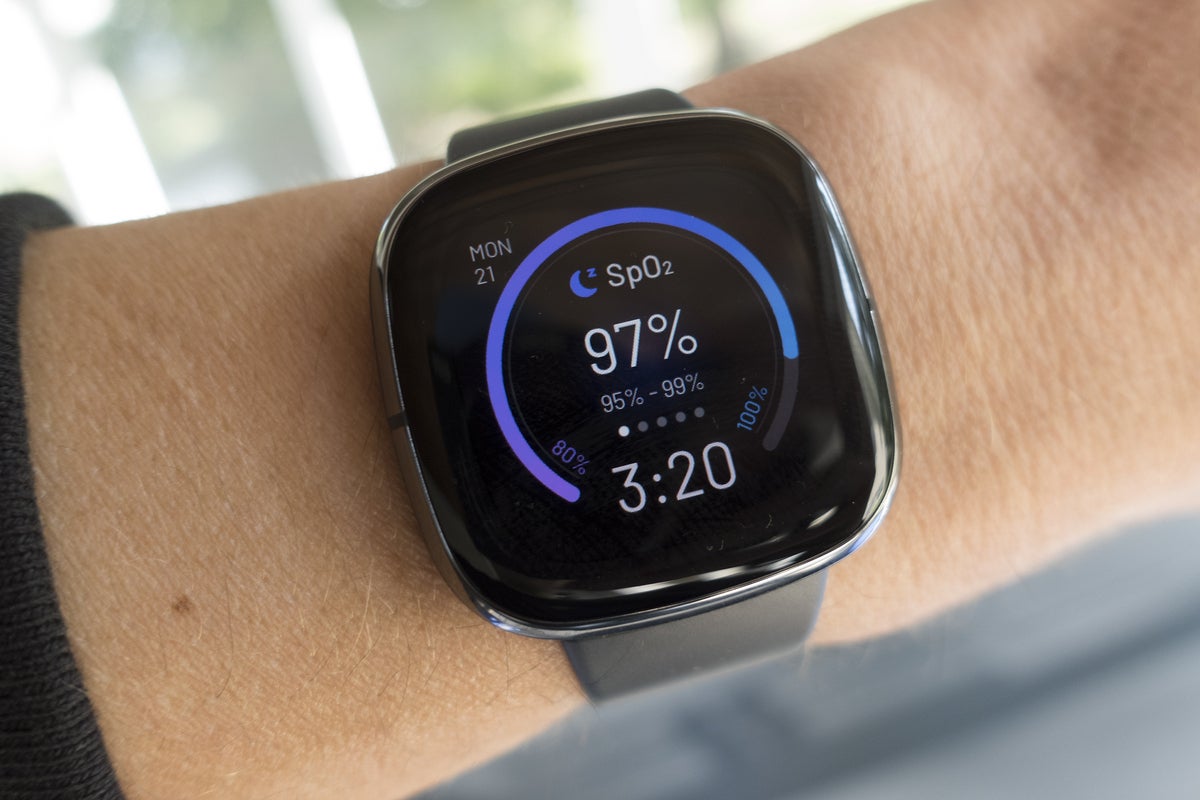

Like all Fitbit wearables, the Fitbit Sense operates on the Fitbit OS, which is closely tied to the companion Fitbit mobile app. Software/Key Features: Advanced metrics require Fitbit Premium It didn’t get critically low (under 10 percent) until early into the seventh day of use and charged to 100 percent in just a little over 1.25 hours, which is also in line with the brand’s estimation about charging time. To extend battery life, I left the always-on display off and after two full days of around-the-clock use, including daily GPS workouts and streaming music via Spotify for two hours or so, the battery was still 58 percent strong. Out of the box, with just 15 minutes of charging, it was fully charged from about 75 percent, which tracks with the brand’s claim that 12 minutes results in a day’s worth of battery life. I was able to get a solid six full days on the initial charge. Lifewire / Yoona Wagener Battery: Good for slightly over six daysįitbit says that the Sense battery is capable of lasting for over six days and I found that to be accurate. It held up well in the shower, but I found it best to put it on sleep mode when doing so-otherwise, the water hitting the screen was registered as touch prompts. While I didn’t swim-test it, this smartwatch is water-resistant up to 50 meters. Overall, though, it was easy to wear the Sense all day and comfortably sleep with. Other features, like the ECG readings and EDA scans that measure heart rhythms and electrodermal activity, were easy to use and simply required placing a hand over the metal frame. Luckily, there’s a way around relying on the button too much by turning on the screen wake gesture prompt, which is controlled by raising the wrist upward or setting the display to always-on-which offered the smoothest experience, especially when exercising, but drained the battery faster. If I didn’t cover or hit the button in the right way, nothing would happen and I had to try again until I got the right angle. While the manufacturer recommends using the thumb to interact with the button, that was never very successful for me. The lack of a physical button does make the Sense look more upscale, but actively using it was somewhat awkward even after several days of wear/use. It’s not obvious looking at all and is more of an indentation than a button that responds to short and long-hold prompts. The Fitbit Sense relies primarily on swiping motions, though there is a button on the left-hand side of the watch face.

Comfort: Easy to wear and generally easy to use


 0 kommentar(er)
0 kommentar(er)
